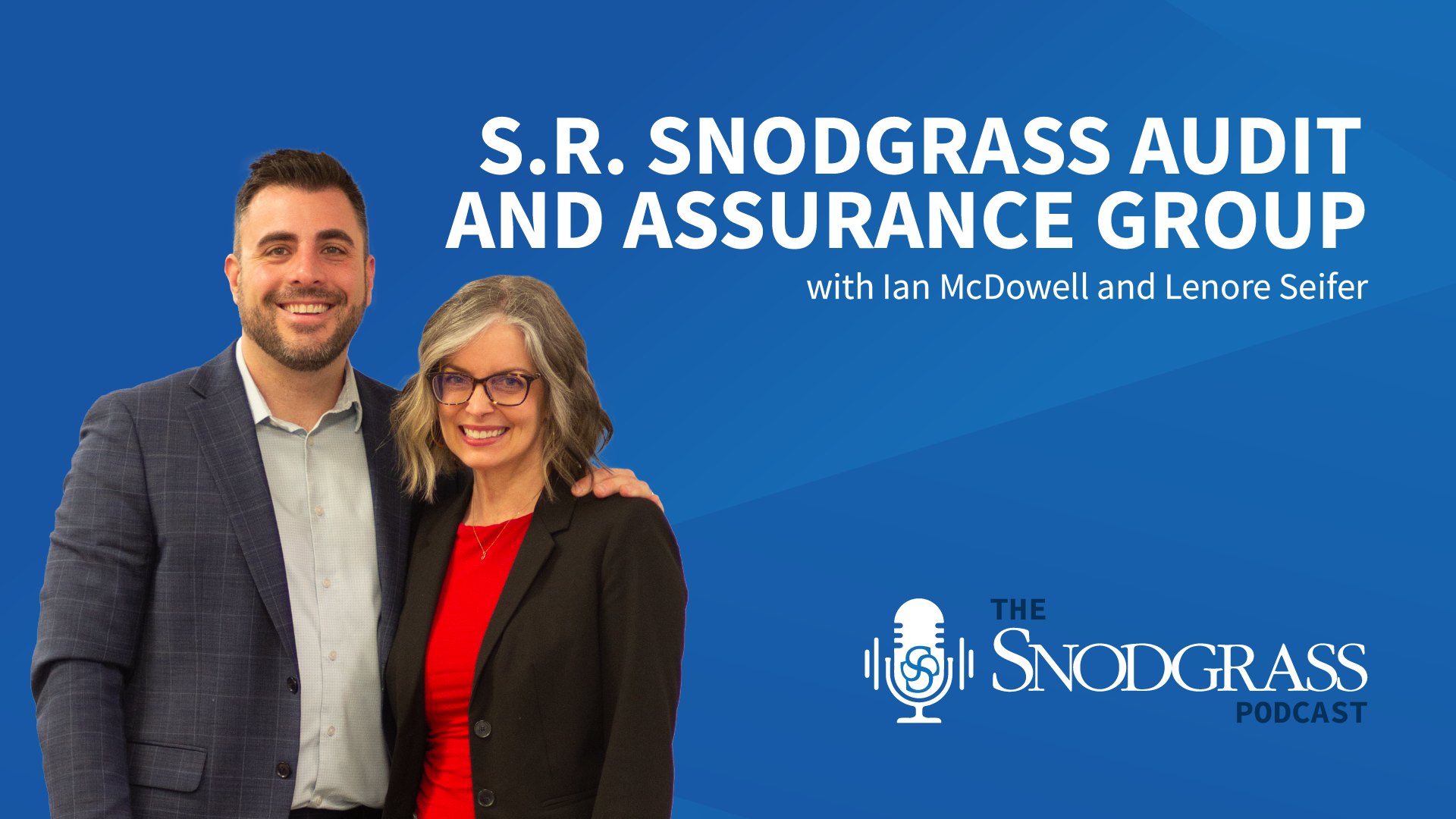As published in the Pennsylvania Association of Community Bankers’ June 2019 issue of Hometown Banker
The accounting for the cost of leasing everything from a copier to a network of branch locations is about to change. Is your bank prepared for the impact of the Financial Accounting Standard Board’s Accounting Standards Update 2016-02, Leases (Topic 842)?
Under the new leasing standard, all companies are required to include leases in excess of 12 months on the balance sheet as a lease obligation and recognize a related asset, which represents the right of use for the leased office or equipment. The new standard, which became effective on January 1, 2019, for all calendar-year public business entities and will become effective on January 1, 2020, for all calendar-year non-public business entities, will have a major impact on financial institutions. The standard will not only affect the financial statements of banks but also the financial statements of commercial borrowers.
Impact on Financial Institutions
Institutions that have traditionally entered into operating leases, for example through a branch network, could be significantly affected by the standard through non-financial and financial avenues. The initial preparation for adoption of the standard and continued monitoring of leasing activity is a tedious process and could be a significant undertaking by management teams.
Initially, an assessment must be completed to determine and quantify the impact upon adoption. This includes determining the appropriate classification of each lease agreement, either operating or financing, and evaluating the necessary assumptions included in the calculation. The classification of the lease is largely dependent upon the assumptions of management and the terms defined within the lease. The assumption that financial institutions have had the most difficulty determining is the term of the lease. This is particularly problematic as it requires management to make judgments about whether or not they expect to renew the lease upon reaching a renewal option period. Several factors banks can include in their analysis to help with this determination are as follows:
- Economic incentives – Management may evaluate lease payments covered by an option to extend the lease compared to current market rates. If lease payments in the period covered by an option to extend the lease are significantly less than current market rates, then the likelihood that the bank will exercise the option to extend would increase.
- Profitability of a branch location – Management may evaluate the profitability of leased locations as an assumption to extend a lease period. If a branch location is profitable, then the likelihood that the bank will exercise the option to extend would increase. Likewise, it is a reasonable assumption that extension periods would not be exercised for branch locations that are not profitable.
- Historical operation of a branch location – For branch locations that have been leased for an extended period of time and are already in the extension period at the time of adopting the lease standard, management may point to the pattern of continued exercise of extension options. However, management’s assessment should not be based solely on the lessee’s intentions, past practices, or estimates.
- Constructed leasehold improvements – If the bank has constructed significant leasehold improvements that continue to have economic value, then the likelihood that the bank will exercise the option to extend would increase.
- Cost of relocating – If the bank would incur significant costs to relocate, then this could result in the likelihood that the bank will exercise the option to extend.
- Termination fees – If the bank would incur significant termination fees for ending the lease, management may opt to extend.
The leasing standard will also cause banks to see their balance sheets inflate with the requirement to recognize lease obligations and associated right-of-use (ROU) assets. The addition of assets to the balance sheet will have an impact on regulatory leverage ratios and common equity Tier 1 capital. Current call report instructions require that most intangible assets get deducted from regulatory capital. However, to the extent an ROU asset arises due to the lease of a tangible asset, the ROU asset should be treated as a tangible asset, not subject to deduction from regulatory capital. An ROU asset not subject to deduction must be 100 percent risk weighted. As a result, and depending on the level of leasing activity, institutions can anticipate an increase in risk-weighted assets and deterioration in leverage capital ratios.
Impact on Commercial Borrowers
Banks also need to be aware of the impact the standard will have on commercial borrowers. The changes will affect the financial statements of borrowers that lease equipment and real estate. Key metrics used to analyze borrowers’ financial positions and results of operations will change. Lending and credit teams will need to analyze the impact on financial covenants with borrowers, chiefly those covenants derived from the balance sheet (debt-service-coverage ratios, debt-to-income ratios, and debt-to-equity ratios).
Lending teams and borrowers may need to work together to navigate the changes resulting from the new standard. Institutions may need to modify debt agreements if existing debt covenants are compromised because of the changes in the accounting for leases, which could result in additional legal and administrative costs.
The new standard should not lead to increased defaults or an increase in required reserve levels, as the creditworthiness of the borrower has not changed. Nevertheless, financial institutions will need to communicate with commercial borrowers on the effects of the standard and train lending and credit teams on the impact on their customers.



